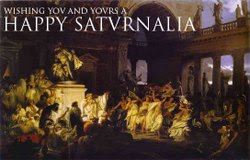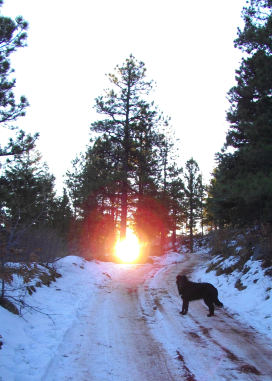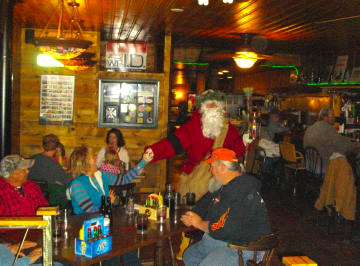What You Know about Christmas Might Be Wrong
So let Biblical Archaeology Review stir things up a little with the idea that the Dec. 25 (or Jan. 6 for the Orthodox) date was not necessarily chosen to ride piggyback on Sol Invictus or Mithras but is based on Jewish tradition instead, one carried on by early Christians:
Around 200 C.E. Tertullian of Carthage reported the calculation that the 14th of Nisan (the day of the crucifixion according to the Gospel of John) in the year Jesus died was equivalent to March 25 in the Roman (solar) calendar. March 25 is, of course, nine months before December 25; it was later recognized as the Feast of the Annunciation—the commemoration of Jesus’ conception. Thus, Jesus was believed to have been conceived and crucified on the same day of the year. Exactly nine months later, Jesus was born, on December 25.
Read the whole thing.
Finally, Hank Stuever is the author of Tinsel: A Search for America's Christmas Present. You can read an excerpt here in the Washington Post "Style" section.
I know that I am in the same country as those "gated-community supermoms who [have] volleyball schedules, tutor times and carpool arrangements abuzz in the BlackBerry that is [their] brain," because I have sat in the Dallas-Fort Worth airport and watched them clatter by.
This fact struck me though: Amid all the crafts-making and bazaar-holding and home-decorating, they don't know how to sew?
"It's the sparkle, spirit, and style of American Girls, yesterday and today!" intones a recorded narration as the lights go down. A Junior League member and a teenage beauty pageant winner emcee. While each young model, carrying a doll, takes her little turn on the catwalk, we learn her American Girl back story. Here's Josefina, who lived on a ranch in northern New Mexico in the 1820s. She had to sew her own clothes.
"Who here knows how to sew their own clothes?" the emcee asks. "Raise your hands."
In a room of several hundred families, nobody raises a hand.
"Moms? Anyone here ever sew? Anyone have a sewing machine?"
No hands.
"Well then, you can just imagine how hard life was."
Weird, eh? Even I have an old sewing machine for repair jobs. It makes life easier, just as my chainsaw and power screwdriver do.
UPDATE: If you have read this far and are not still muttering about Druids, take Stuever's Christmas-shopping survey.
Labels: American religion, Yule






